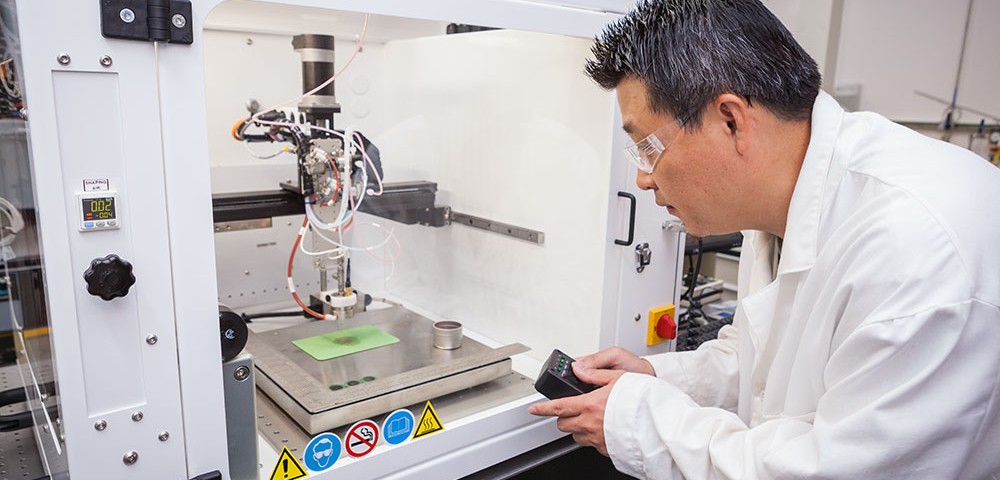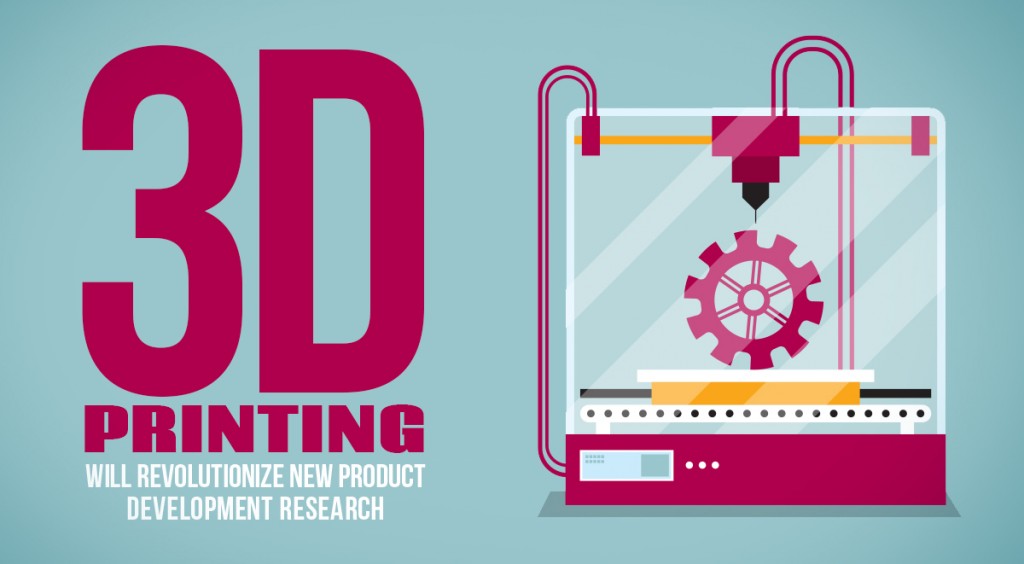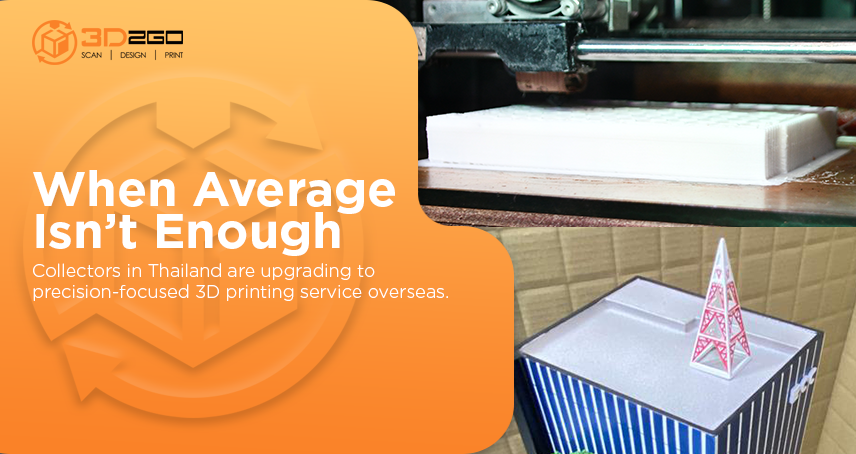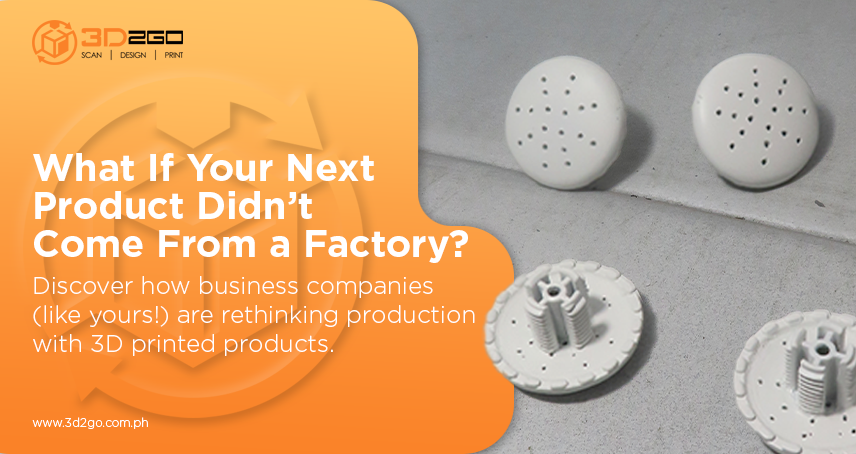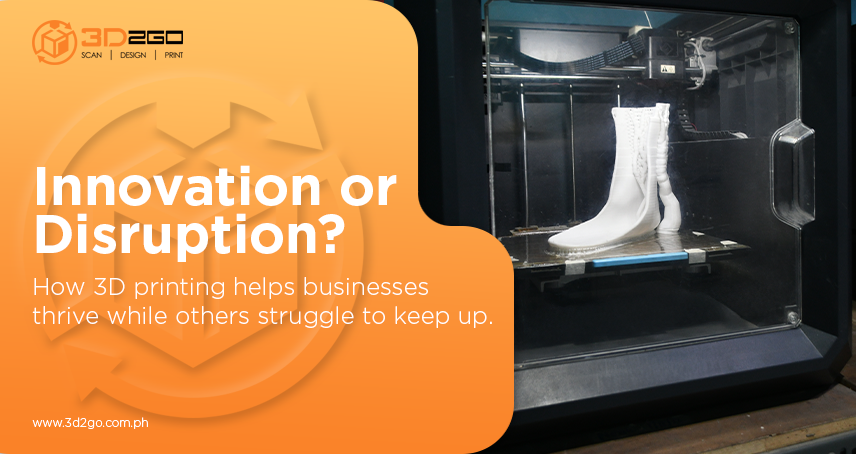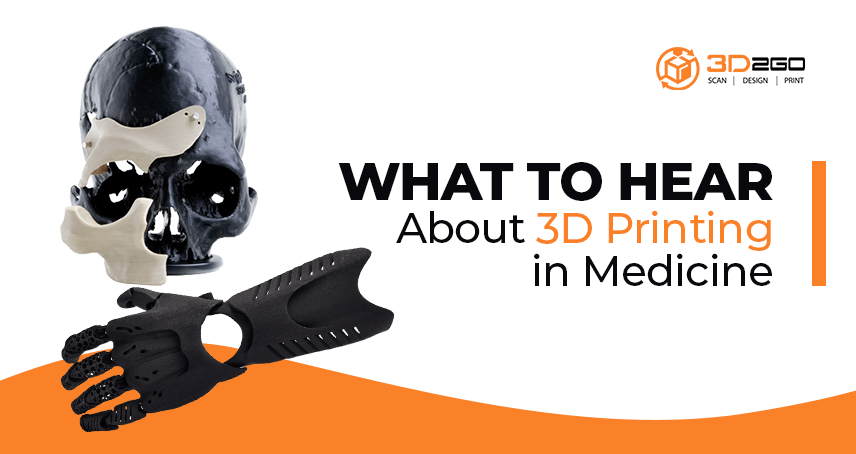
What To Hear About 3D Printing in Medicine
June 20, 2022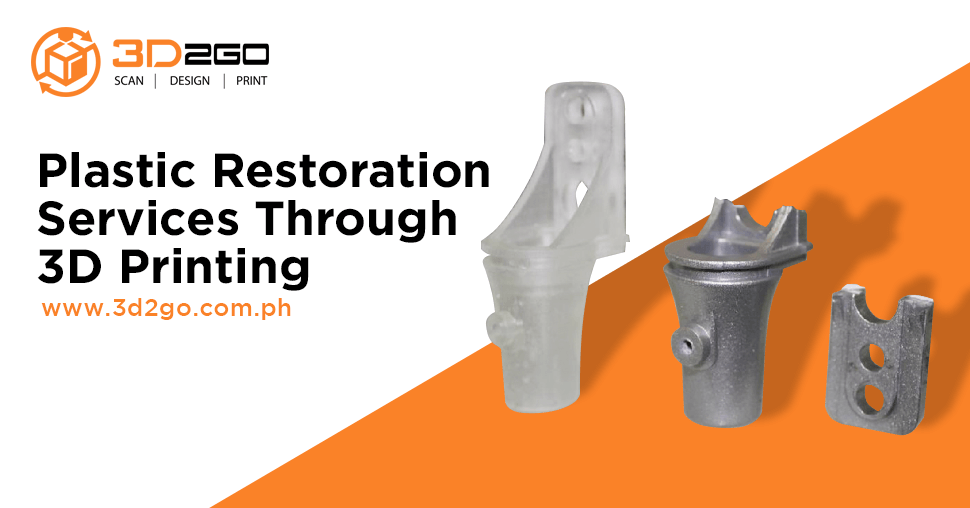
Plastic Restoration Services Through 3D Printing
June 21, 2022Nothing brings more excitement in the field of research and development than the emergence of 3D printing. It may be a long way to go before its full potential is realized, and already, more and more companies around the globe are taking a closer look. In fact, there are many companies that have gone past scrutiny and have invested on 3D printers for the sole purpose of rapid prototyping.
And why not, the field of research and development, which is the backbone of rapid prototyping, benefits immensely from 3D printing. This technology makes the road from concept to production shorter and easier. As a research and development tool, it allows designers, engineers, and manufacturers to come up with 3D models quickly and more efficiently.
Allow us to further explain the major contributions 3D printing has on research and development. These contributions can be felt across a wide range of industries.
Efficiency in Experimentation
3D printing for research and development makes experimentation a whole lot easier. In manufacturing for example, it allows designers and builders to come up with new products in less time and using fewer resources. What’s great about this is that they are able to see flaws beforehand so they can address them accordingly before the product is launched in the market. This is amazing especially that there are engineering issues which cannot be detected easily through a computer-generated model.
Because 3D printing and customization go hand in hand, it is easier to create the smaller working parts that will make up the final product. It also gives designers and engineers an idea of how the product will be assembled, thus enabling revere engineering.
Huge Savings
The efficiency with which 3D printing works translates to huge savings for the company, not just with time but also with money. This is money that can be spent on other important aspects of the business. Keep in mind that when you are able to detect issues early in the designing or planning stage, you can prevent further damages and be well on your way to creating a first-rate product—which brings us to the next point…
Well-Polished Products
How great would it be to design, manufacture, and launch a product that is free from flaws? Such product can only come from a streamlined process made possible by none other than 3D printing. It allows great room for trial and error, and therefore paves the way for a well-polished product that is ready for release in the market.
A String of Benefits
3D printing ignites a string of benefits in relation to research and development. In the field of medicine, for example, prosthetics are made more accessible to patients because of 3D printing. It also saves them a lot of money because of its customization capabilities. As the patient grows up, he or she will need different sizes of prosthetics, and this is where 3D printing is most helpful. Imagine this being applied in a variety of industries.


